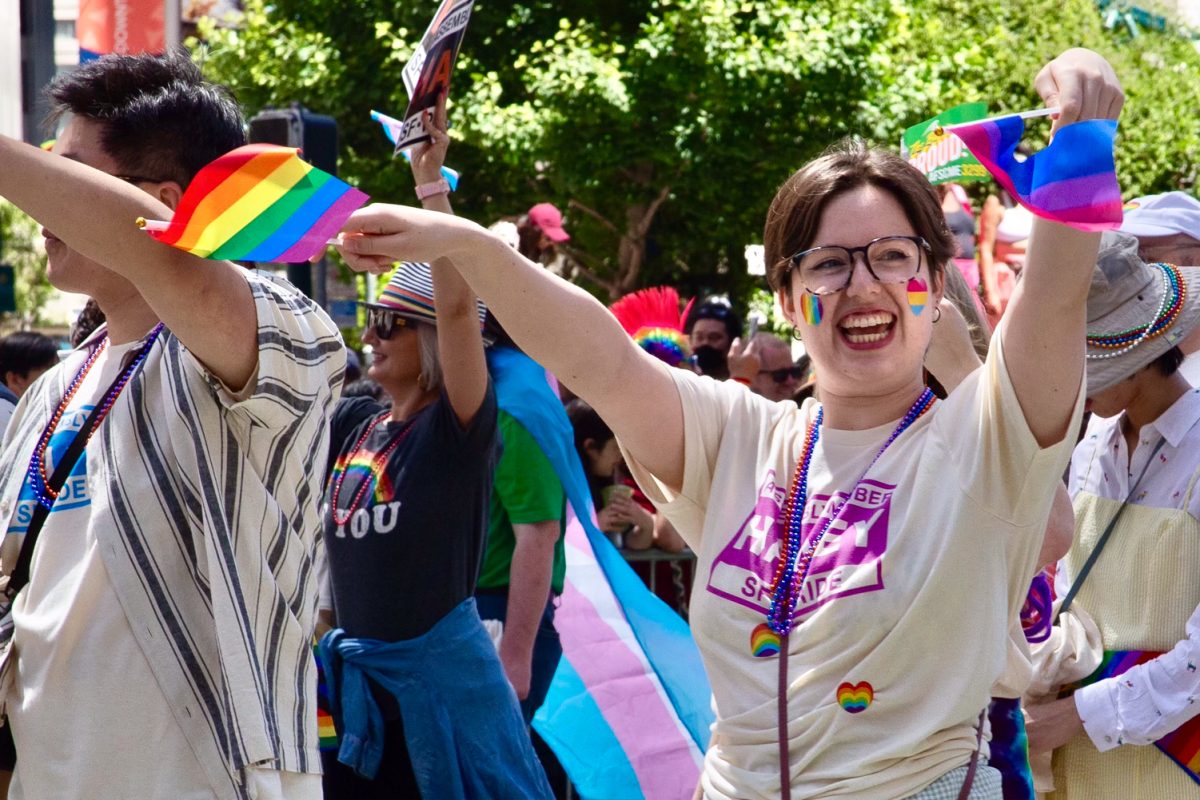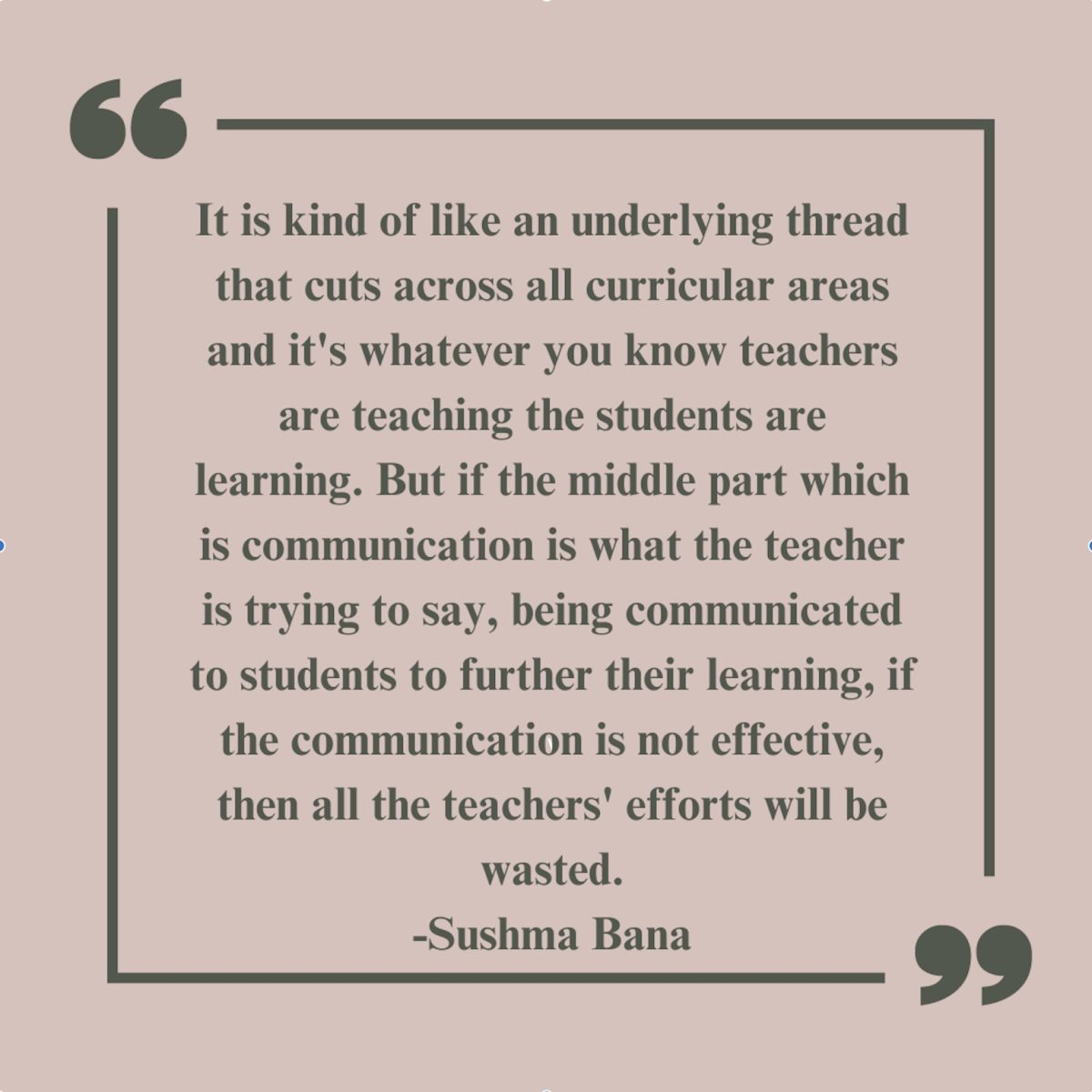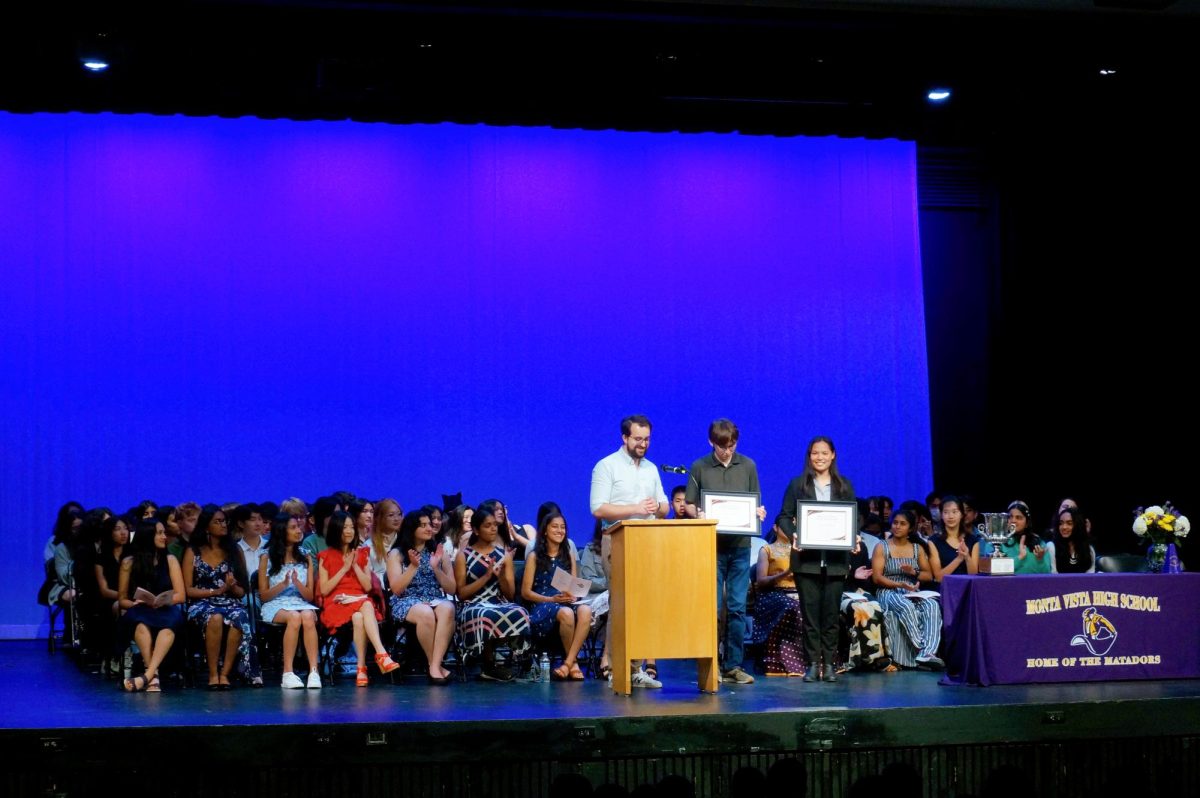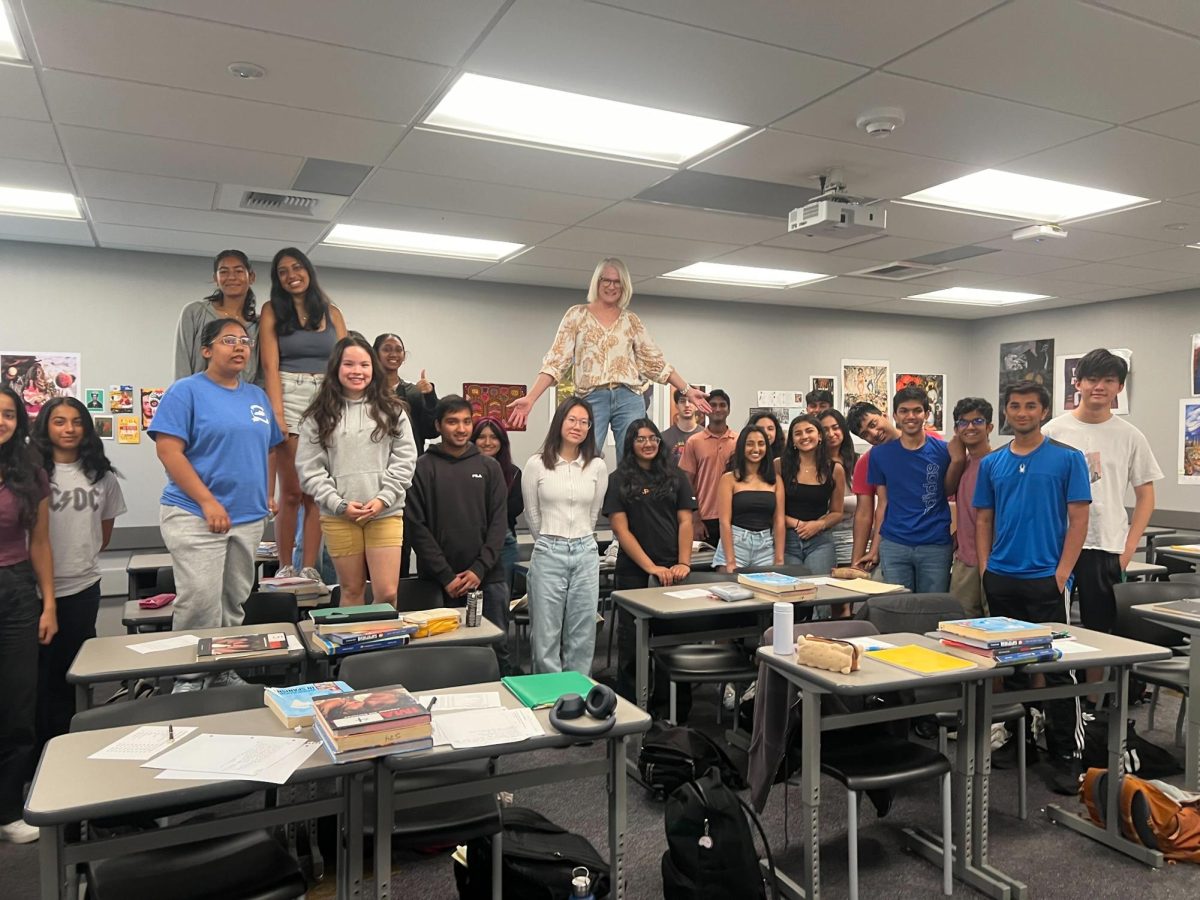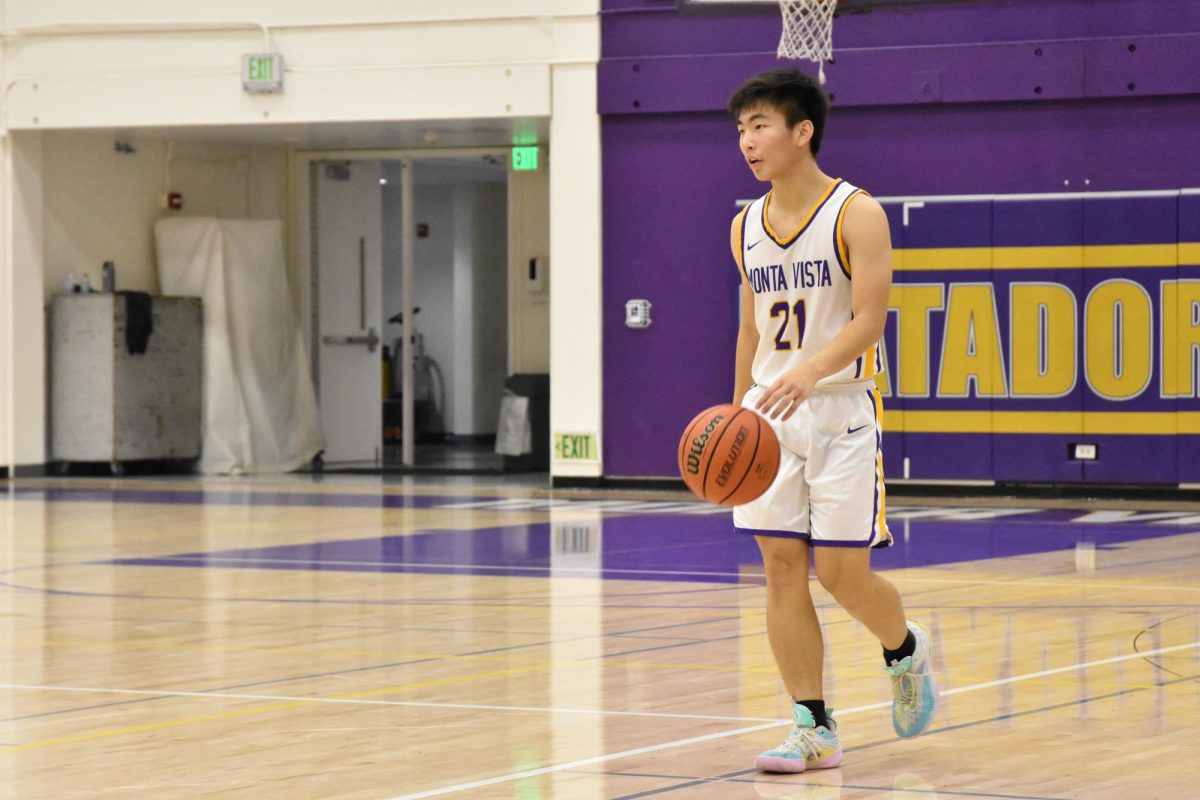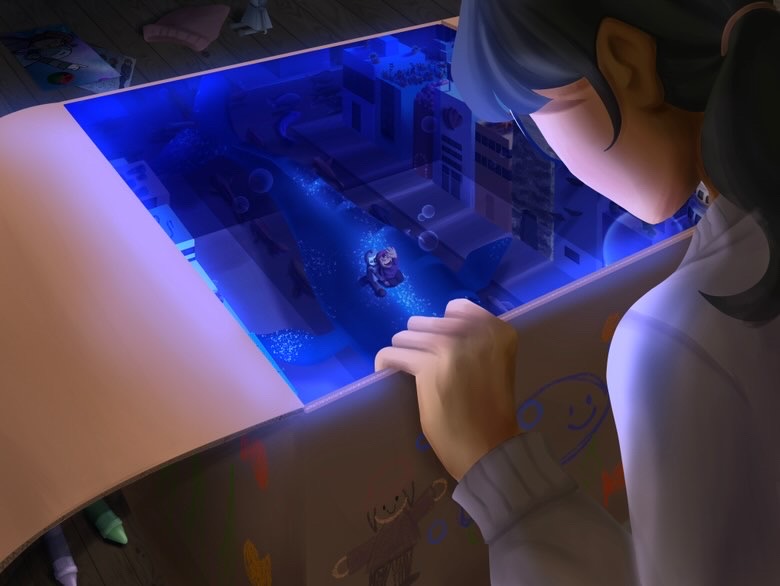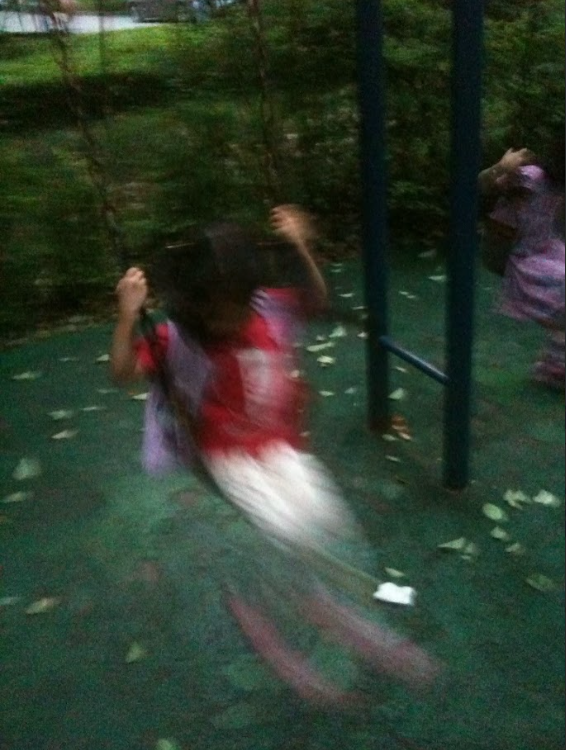Thousands of educators, including Gupta, assembled at Boston from April 3-6 to share teaching innovations.
Chem Iron Man Project from Mihir Patil on Vimeo.
Iron Man played on his TV screen while senior Michael Mattheakis looked at pictures and design theories for the futuristic super-suit. Then he researched the science behind Robert Downey Jr.’s Ark Reactor — his glowing heart thing — and came up with a way to test its validity. All in the name of chemistry. Mattheakis fondly remembers this project he did in AP Chemistry teacher Kavita Gupta’s class last year as one of the most interesting projects he has been assigned in school.
“It taught me the basics of scientific research,” Mattheakis said. “It was fun and educational and I think that it’s a great project to share with other students across the nation.”
Gupta shared this project at the NSTA Conference in Massachusetts, which began on April 3 and concluded on April 6.
On April 3, teachers from all over the world convened in Boston to share innovative teaching strategies and progressive changes in the classroom. This three-day event attracts upwards of 20,000 teachers from around the world and is hosted by the National Science Teacher Association (NSTA), the largest association of its kind.
The NSTA was created in 1944, and since then, has become a hub for teacher-to-teacher exchanging of novel education ideas. Every year, the NSTA organizes a large number of local and national conventions where interested educators can meet to discuss their most successful experiments. Of all the conferences this year, the one at Boston will be the largest.
Gupta’s presentation for this year is based on a proposal she implemented into her classroom three years ago. After graduating high school, Gupta’s students were all proficient in their knowledge of chemistry content; however, they seemed to lack the necessary skills to write a research paper that reflected their knowledge of the subject. The purpose of the project she implemented in 2011 was to teach her students how to craft an advanced research paper by making the project as interesting and engaging as possible. And like the majority of the students that she teaches, Gupta found inspiration from TV.
“I thought about science and it’s relevance in life,” Gupta said. “Now with Breaking Bad … the first question I always get is: ‘Do you know how to make meth?’”
She doesn’t. But she does see why the question interests her students. The project she started, now called “Fact or Fiction,” is a research project where her students pick and test a chemistry related event they see in a television show or movie — explosion, meth-making, etc — and test its validity. The assignment which tries to combine fun with learning culminates to a five-minute presentation and a full-length research paper at the end of the year. After three years of polishing this project, Gupta believes her experiment is a success.
“Kids really acquire the skills they need,” Gupta said, “And I feel like we owe it to share with others the great work our kids doing.”
Senior Saliq Hussaini, whose project tested the validity of the “light saber” as a future weapon, has fond memories about the assignment.
“[The project] taught me about organization in regards to research papers,” Hussaini said. “More than anything else, it was just a fun project to do at the end of the year and I think it’s something that could be a great addition to any class curriculum.”
Gupta shared the success of this project in Boston. To learn more about her presentation and other projects like this, check here. Biology teacher Andrew Goldenkranz will be presenting with Gupta on the same topic at the STEM Forum and Expo in New Orleans later this year.
















